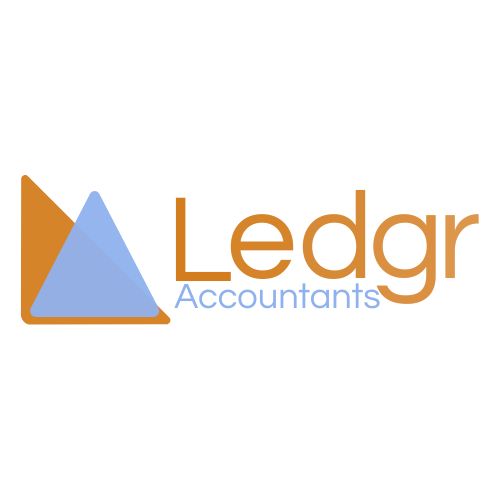Making Tax Digital (MTD)
- Ish Mukit

- Sep 28
- 3 min read
The government’s Making Tax Digital (MTD) initiative is reshaping how the UK’s self-employed and landlords report income. The system aims to make tax administration more accurate, more efficient, and easier for everyone to manage. From April 2026, the first group of taxpayers will be required to keep digital records and send quarterly submissions through compatible software instead of a single annual return.
By September 2025, this shift is no longer on the horizon as it is close enough to plan for. HMRC continues to expand the pilot programme, allowing early joiners to test submissions before full rollout. Many small businesses and landlords are using this time to review bookkeeping processes, select software, and begin digitising their financial records.
Making Tax Digital (MTD)
The MTD for Income Tax Self Assessment (ITSA) rules apply to individuals with total business and property income above £50,000 from April 2026. A second phase, covering those earning between £30,000 and £50,000, will follow in April 2027.
Under this new system, taxpayers must maintain digital records of their income and expenses. They must also submit quarterly updates to HMRC using MTD-compatible software. These submissions will replace the annual Self Assessment return for those within scope.
According to HMRC’s guidance updated in September 2025, the pilot programme remains open to eligible participants. Volunteers who sign up early can test digital submissions and ensure their systems meet the technical requirements. HMRC lists approved software providers that integrate directly with its systems, including options for both individuals and agents.
The aim of MTD is to improve accuracy and reduce errors in reporting. By collecting data throughout the year, taxpayers will have a clearer picture of their liabilities and fewer surprises at year-end. This steady flow of information also allows HMRC to identify discrepancies earlier, making the entire system more transparent.
How it impacts you
The impact of Making Tax Digital will depend on how you currently manage your records. For those already using cloud-based accounting software, the transition may feel natural. Your existing system might already meet MTD standards or only need minor adjustments. For others still relying on spreadsheets or manual methods, this is the time to upgrade.
Quarterly reporting will bring a new rhythm to financial management. Instead of gathering documents once a year, businesses will maintain regular digital updates. This encourages more consistent oversight of income, expenses, and tax estimates. For many clients, that means better budgeting and fewer unexpected tax bills.
Landlords with multiple properties may benefit most from the digital approach. Tracking rental income, repair costs, and mortgage interest through one platform reduces errors and simplifies year-end reconciliation. For sole traders and contractors, submitting quarterly figures also means easier cashflow forecasting and more accurate profit tracking throughout the year.
MTD for ITSA will not change how much tax is owed, but it will change how information is delivered. Those who prepare early will find the process less disruptive and will benefit from stronger record-keeping in the long term.
What you can do
Start by checking whether your total business or property income exceeds £50,000. If it does, you will be required to join MTD from April 2026. Even if you fall below this level, it is worth preparing now, as the scope will widen in 2027.
Next, review your bookkeeping setup. If you currently use spreadsheets, consider switching to MTD-compatible software. HMRC maintains a list of approved providers that connect directly to its systems. Cloud-based solutions such as Xero, QuickBooks, and FreeAgent allow you to record transactions, store receipts, and generate reports automatically.
If you are eligible, consider joining the MTD pilot scheme before the end of the year. Doing so gives you time to learn the process, test submissions, and resolve any technical issues before the system becomes mandatory. Early participation also helps identify any workflow changes needed within your business.
Keep in mind that digital compliance requires consistent habits. Upload receipts regularly, reconcile bank transactions monthly, and review your accounts quarterly. This level of organisation not only ensures compliance but also provides more accurate insight into your financial position.
At Ledgr Accountants, we help clients set up MTD-compatible systems, train teams to use them effectively, and monitor submissions throughout the year. Preparing now means you can move into the new system confidently, with reliable data and complete peace of mind.
Ish Mukit
Senior Accountant
References


Comments